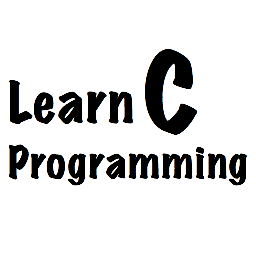Simplify the following Boolean function in SOP form using K-Map: F (A, B, C, D) = Σ ( 0,1, 2, 4, 6, 8, 9, 12, 14, 15 ). Draw logic circuit diagram. 8m Jun2008
Simplify the following Boolean function in SOP form using K-Map: F (A, B, C, D) = Σ ( 0,1, 2, 4, 6, 8, 9, 12, 14, 15 ). Also, draw the simplified logic circuit diagram. 8m Jun2008 K-Map for F is: Thus, the simplified equations for F (A, B, C, D) = Σ (0,1, 2, 4, 6,… Read More »


